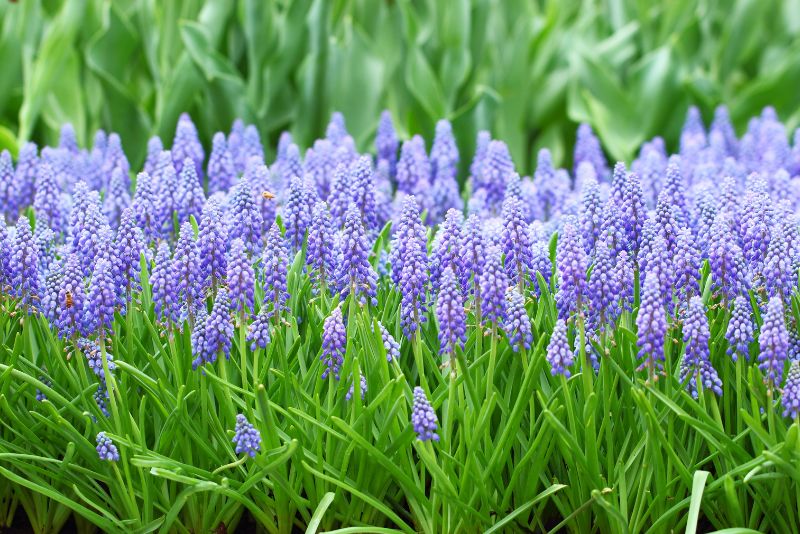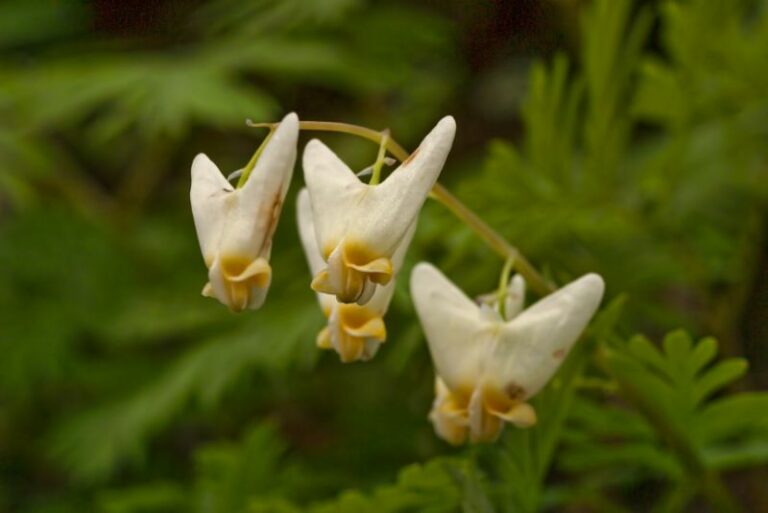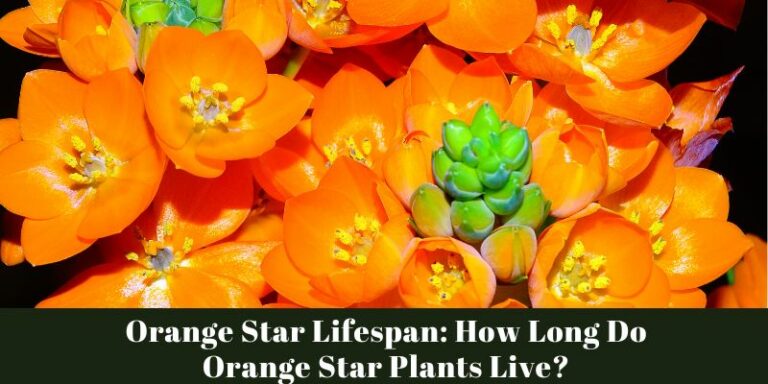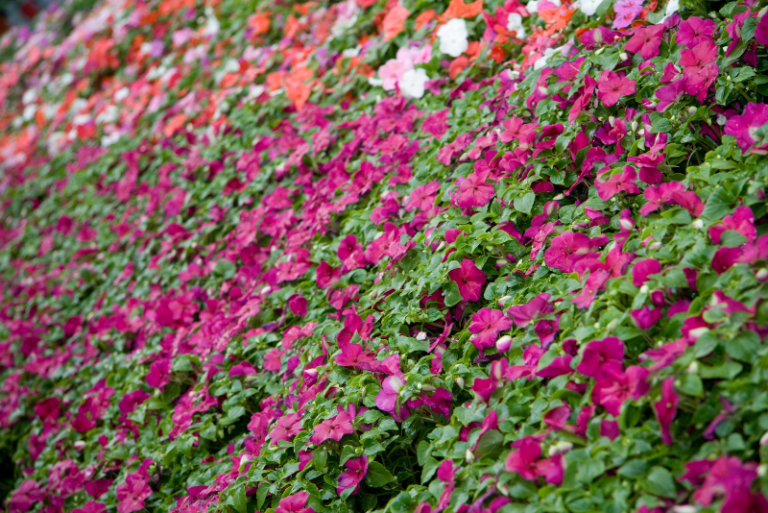Forcing Grape Hyacinth (Muscari) to Bloom Indoors: A Step-by-Step Guide
Gardening doesn’t have to be restricted to the great outdoors or wait for the spring thaw. For indoor plant enthusiasts and those eager to surround themselves with the vibrant colors of nature all year round, the art of forcing bulbs to bloom indoors is a delightful project to undertake. Enter the charming world of Grape Hyacinths, or Muscari, whose ocean of violet, blue, and white blossoms embody the arrival of spring.
This comprehensive guide aims to provide a botanical blueprint for coaxing Grape Hyacinth bulbs into a burst of indoor color, addressing all the intricacies that come with the process. Whether you’re a green thumb guru or a fledgling gardener eager to cultivate a greener indoor space, you’ve come to the right place to learn the secrets of successful indoor bulb forcing.
Understanding Grape Hyacinth Bulbs

Before we get our gloves dirty, a brief introduction to the star of the show: the Grape Hyacinth bulb. This petite but powerful little bulb, botanically known as Muscari, belongs to the Asparagaceae family. Originating from the Mediterranean, the beloved Muscari has a steely resilience that allows it to thrive in harsh environments.
To replicate the natural growth cycle of Muscari indoors, it’s essential to understand their preferred conditions for growth. These include a cool growing season in fall and winter, followed by plenty of warmth and sunlight to trigger the blooming response. Patience, preparation, and a touch of horticultural know-how are the keys to the kingdom of Grape Hyacinth blooms.
Step-by-Step Guide to Forcing Bulbs Indoors
Selecting and Preparing Bulbs
Choosing the right bulbs is the inception of your indoor gardening venture. Opt for large, firm bulbs without blemishes, a sign of good health and vigor. Prepare your bulbs by inspecting and gently removing any excess roots or dried bits clinging to the base. You’re now ready to move onto the next step.
Choosing the Right Containers
Discovering the perfect pot is of considerable importance. Unglazed clay pots provide breathability and mimic the natural environment of dry, rocky soils that Grape Hyacinth prefers. Ensure the pot has ample drainage to prevent root rot. Grouping bulbs together recreates their natural growth pattern and enhances the visual appeal of your indoor garden.
Planting and Watering Instructions
Gently pack a layer of potting soil mixed with sand, ensuring it reaches a specific depth that is deep enough for the bulbs to anchor themselves. Water the planted bulbs thoroughly, allowing the moisture to seep to the bottom of the pot. However, avoid waterlogging, as this can lead to bulb rot.
Providing Adequate Light and Temperature
Place your potted bulbs in a cool, dark location with a temperature of around 40-50°F for 10-12 weeks. A basement, cellar, or refrigerator away from fruits (which emit ethylene gas and can harm the bulbs) is perfect. As green shoots develop, gradually move the pots to a location with indirect sunlight and temperatures around 60°F to encourage healthy growth.
Monitoring Growth and Development
Keep a watchful eye on your Grape Hyacinth bulbs as they push through the soil and grow their signature clusters of flowers. Continue to water them as the soil dries out, but never allow it to become bone dry. With any luck, your patience will soon be rewarded with the sweet aroma and vibrant hues of freshly bloomed Muscari.
Tips for Successful Indoor Bulb Forcing
To take your bulb forcing to the next level, here are some advanced tips that could make a significant difference in your floral fortunes:
- Precision Timing: If you want blooms for a specific event or holiday, work backward from the desired bloom date to calculate when to start the forcing process.
- Fertilization Finesse: While Grape Hyacinths don’t require much in the way of feeding, applying a diluted, balanced fertilizer can aid in robust growth and impressive blossoms.
- Dealing with Deterrents: Prepare for potential problems such as fungal diseases or pests. Use clean pots and fresh soil to reduce the risk of diseases, and monitor growth for any signs of pests.
Benefits of Indoor Bulb Forcing
The efforts of your indoor bulb forcing project extend beyond the sheer visual splendor. Here are a few reasons why it’s well worth the endeavor:
- Aesthetic Gratification: The beauty and fragrance of indoor blooms provide a stunning display that can lift the spirits and invigorate your living space during the colder months.
- Educational Value: Witnessing the lifecycle of a plant up close is not only fascinating but also a valuable educational tool, especially for children.
Conclusion: Forcing the Bloom Indoors
Grape Hyacinth bulbs are the perfect choice for learning the art of indoor forcing. This gratifying process offers a wonderful contrast to the bleakness of winter, bringing forth a garden of color right into your home. As the final petals of commitment and care unfurl, you’ll find the experience both rewarding and therapeutic.
Now, armed with the knowledge bestowed in this guide, I encourage you to don your gardening gloves, pick up your trowel, and begin your own indoor plant odyssey. Your bulbs are waiting, and the enchanting potential for indoor springtime is within your grasp.






